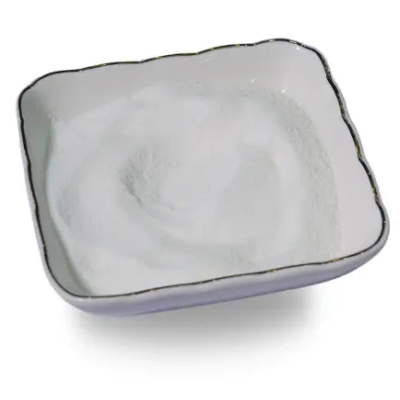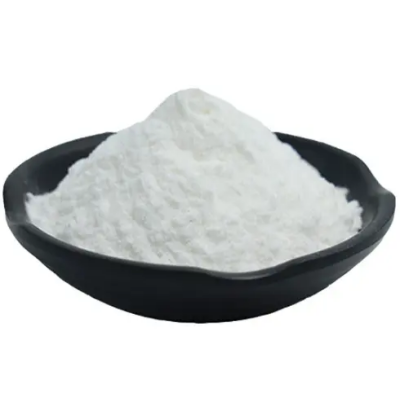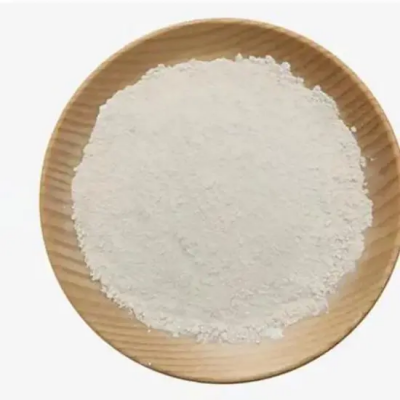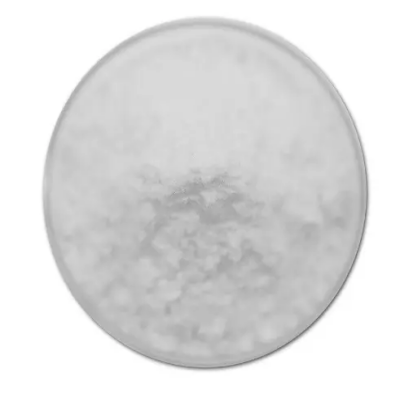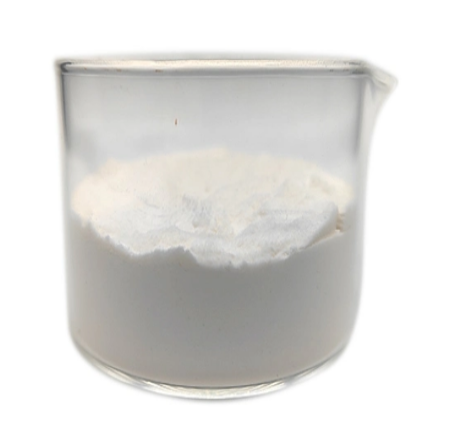HEXYL CHLOROFORMATE CAS:6092-54-2
Hexyl chloroformate is synthesized through the reaction of hexyl alcohol with phosgene or chloroformyl chloride. This process involves careful control of reaction conditions to ensure high yield and purity of the product. The resulting compound exhibits unique chemical properties that make it valuable in various applications. Synthetic Routes The synthesis of hexyl chloroformate begins with the chloroformylation of hexyl alcohol, typically carried out under controlled temperature and pressure conditions to prevent side reactions and maximize yield. The reaction mechanism involves the substitution of the hydroxyl group of hexyl alcohol with a chloroformate group, forming hexyl chloroformate as the primary product. Chemical Properties and Reactivity Hexyl chloroformate possesses specific chemical properties attributable to its molecular structure. The hexyl chain provides lipophilicity, influencing its solubility and interactions with organic solvents and substrates. The chloroformate group contributes to its reactivity, participating in various organic transformations such as esterifications and amidations, crucial in the synthesis of pharmaceutical intermediates and specialty chemicals. Industrial Applications In industrial settings, hexyl chloroformate serves as a versatile reagent for modifying organic molecules, particularly in the production of esters and carbamates. Its ability to selectively react with nucleophiles under mild conditions makes it suitable for large-scale chemical processes aimed at manufacturing fine chemicals and pharmaceutical ingredients. Safety and Handling Due to its reactive nature, hexyl chloroformate requires careful handling and storage to prevent exposure to moisture and avoid decomposition. Proper safety protocols, including the use of personal protective equipment and adherence to established handling procedures, are essential to ensure workplace safety and prevent accidents during its production and utilization. Conclusion Hexyl chloroformate stands out as a significant compound in organic synthesis and industrial chemistry due to its versatile reactivity and applications. Its synthesis pathway from hexyl alcohol and chloroformyl chloride highlights its role in chemical manufacturing processes, contributing to the development of various pharmaceuticals and specialty chemicals. Continued research and application development underscore its importance in advancing synthetic chemistry and industrial production capabilities.



| Composition | C7H13ClO2 |
| Assay | 99% |
| Appearance | white powder |
| CAS No. | 6092-54-2 |
| Packing | Small and bulk |
| Shelf Life | 2 years |
| Storage | Store in cool and dry area |
| Certification | ISO. |


